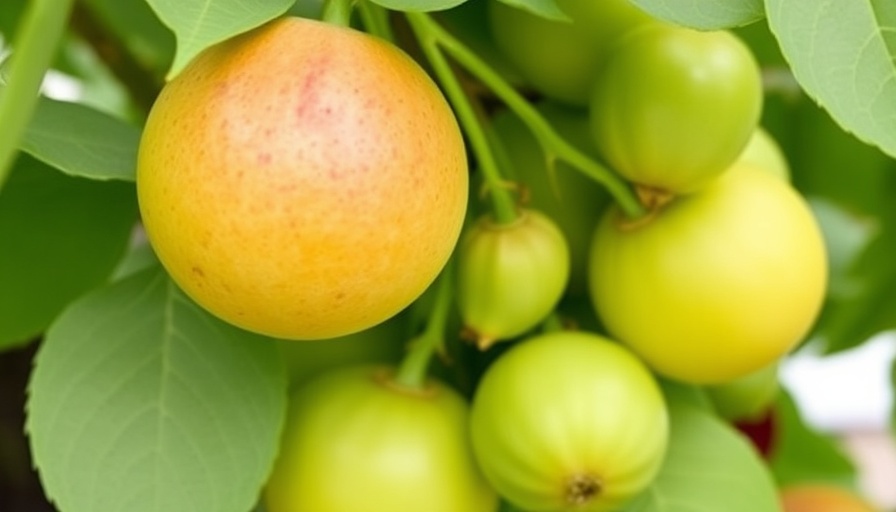
Starbucks’ Fall Drinks: A Delicious but Caloric Indulgence
As the leaves change and the air cools, Starbucks ushers in its much-anticipated Fall Menu, drawing coffee lovers with tempting flavors like pumpkin and pecan. While these seasonal drinks offer a cozy wrap-up in a cup, it's essential to remain mindful of the ingredients, as popular choices can be surprisingly high in calories and sugars. To maintain your health goals without sacrificing taste, registered dietitian Denise Hernandez provides valuable modification tips.
Simple Modifications for Healthier Choices
When choosing your drink, consider the following strategies suggested by Hernandez:
- Control Portion Sizes: Opting for a smaller size can dramatically lower calorie intake. Just a shift from a Grande to a Tall size can reduce both calories and sugar.
- Reduce Sugar Content: Requesting fewer pumps of flavored syrups can help. For example, a Grande Pumpkin Spice Latte comes with 4 pumps (390 calories); asking for just 2 pumps drops that to around 300 calories.
- Choose Lower-Fat or Non-Dairy Milk: While almond milk is great for reducing fat, oat milk is a hearty non-dairy choice, albeit higher in sugar—so weigh your options!
- Skip the Whipped Cream: Opt for a sprinkle of spice like cinnamon or nutmeg instead, cutting unnecessary calories and fat.
Enjoy Fall Flavors Without the Guilt
If you're embracing the Fall menu at Starbucks, these modifications can help you enjoy the seasonal favorites without derailing your wellness goals. The Pumpkin Cream Cold Brew, while delicious, boasts 250 calories for a Grande—factors like sugar and fat can really add up. By incorporating these simple adjustments, you can savor the season’s flavors responsibly.
Next time you're in line at your local Starbucks, remember, enjoying your favorite fall drink doesn't have to come at the cost of your health goals. Create a balance where indulgence meets mindfulness and enjoy the best of both worlds!
 Add Row
Add Row  Add
Add 




Write A Comment